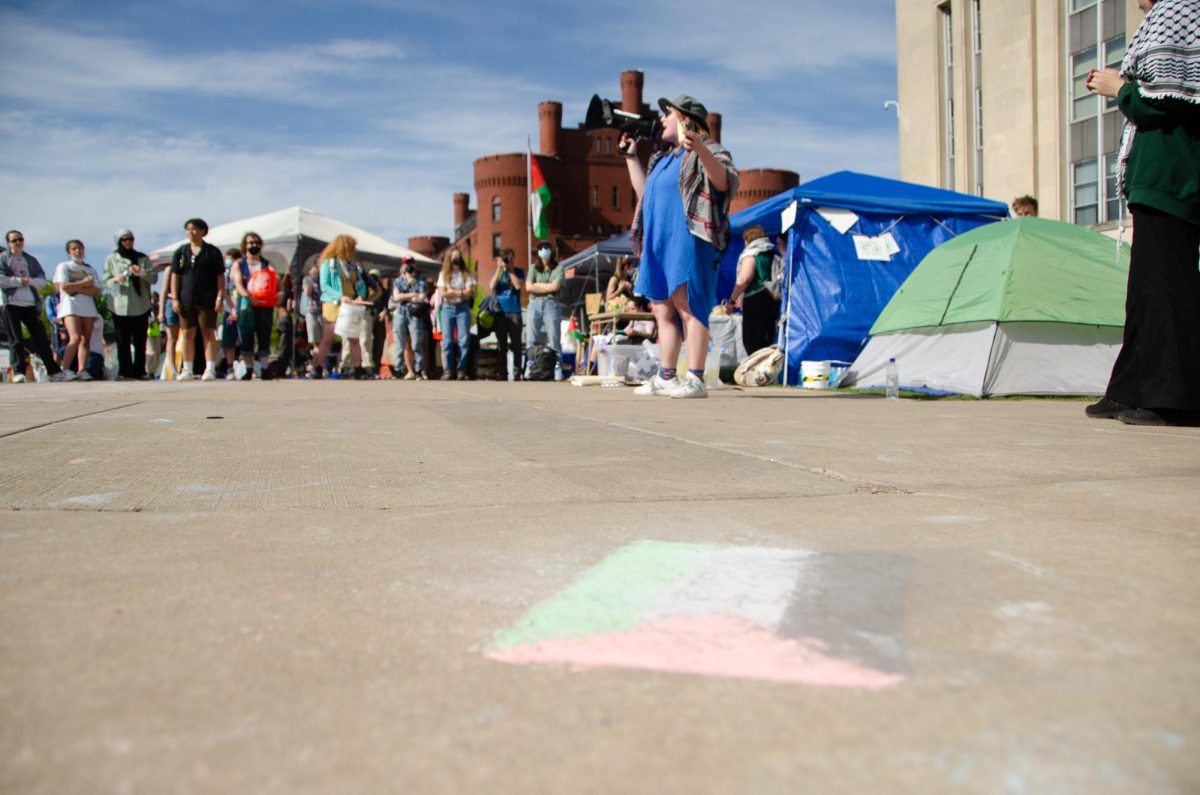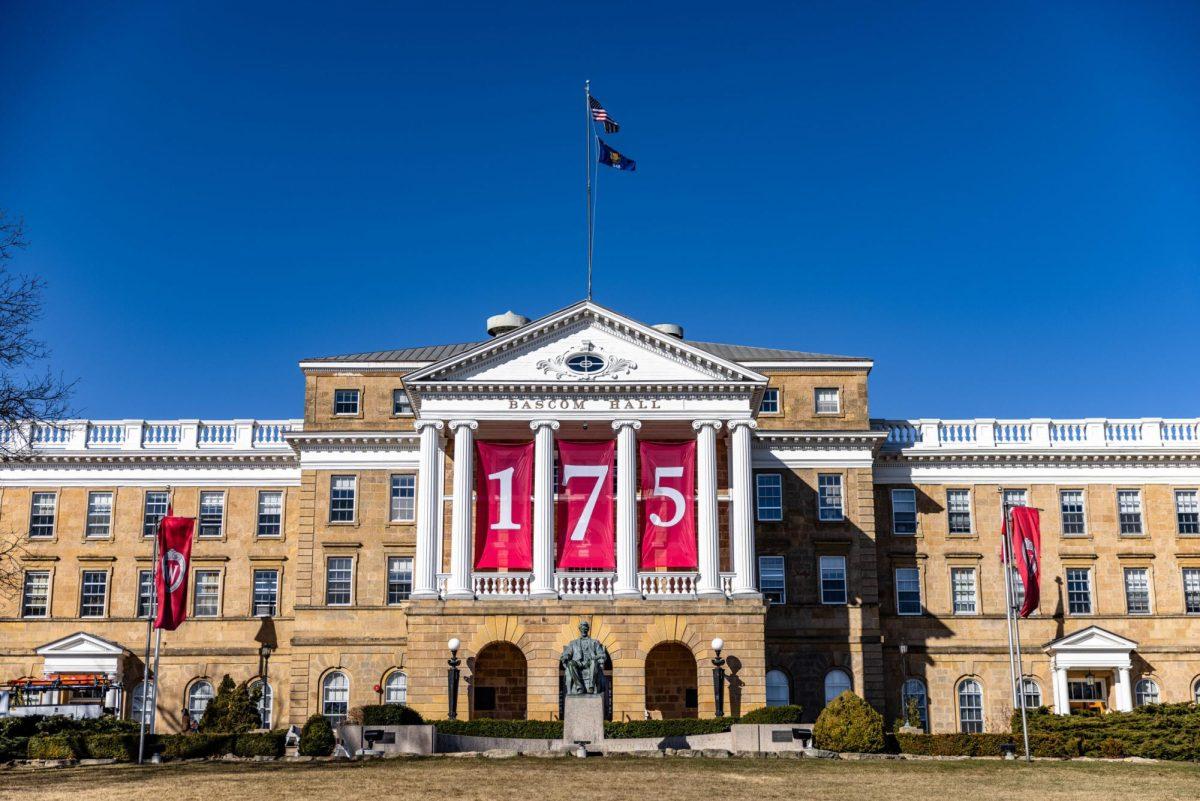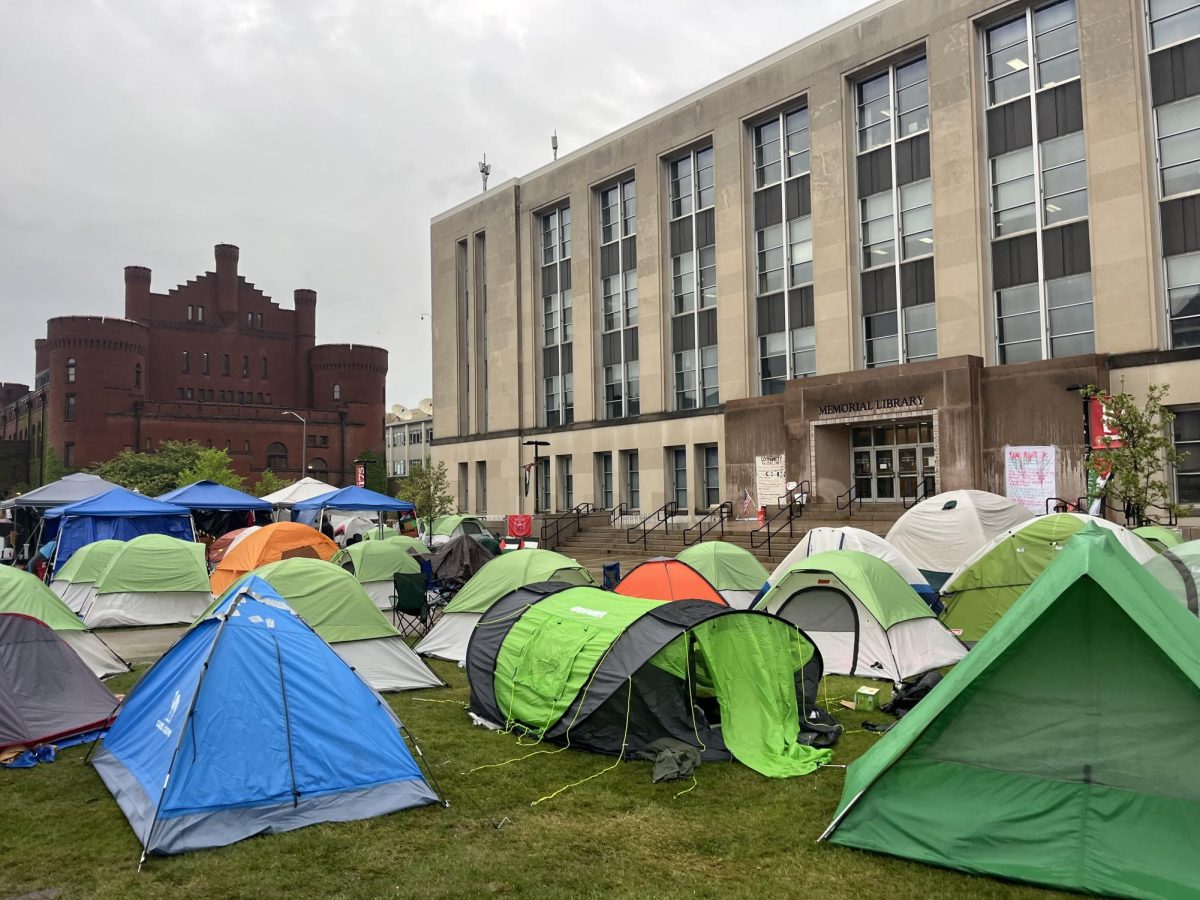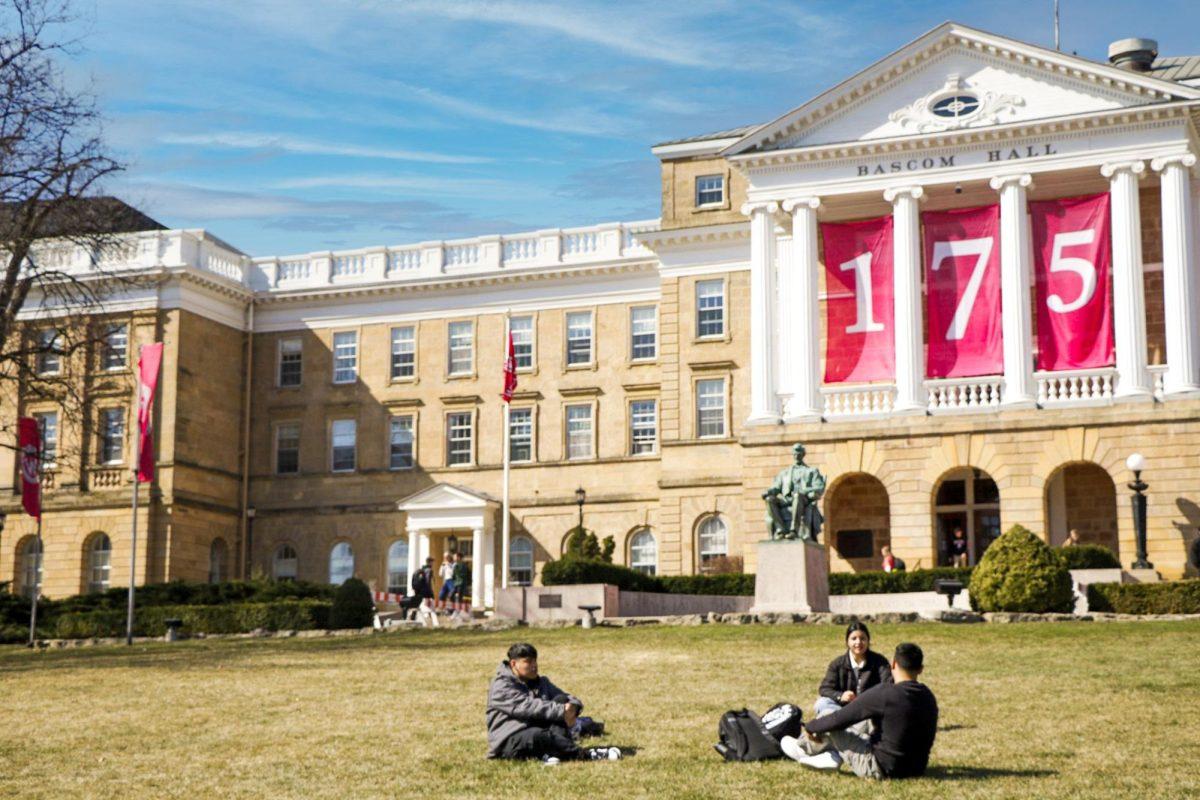Several student organizations gathered Thursday night to debate cultural appropriation – the assumption of elements of one culture by a different cultural group – and how appropriation affects diversity in America.
Members from the American Asian Student Union, Movimiento Estudiantil Chicano de Aztl?n and Wunk Sheek illustrated several examples of cultural appropriation in the media and pop culture, including Halloween costumes, hip-hop and movies.
MEChA member Jorge Trinidad-Espinoza said a lot of cultural appropriation occurs in pop culture.
“It’s important to look at racism, not on a personal level, but on a systematic level,” Trinidad-Espinoza said. “Hip-hop was originally about promoting culture … but you see it today and it’s materialistic, and the reason for that is because a lot of people who consume hip-hop aren’t African-American anymore.”
He said hip-hop was originally a part of musical culture within the African-American community that has changed to become more marketable to white people.
“We’re not trying to attack white people or white culture,” Wunk Sheek member Ryan Young said. “But we’re just trying to have a discussion about cultural appropriation.”
AASU member Wesley Ho added part of this aspect of cultural appropriation takes place simply because there is a market available for the music industry to promote hip-hop songs to.
He added certain video games generate profits without thinking about the cultural stereotypes they perpetuate.
Young said Halloween is a major contemporary example of cultural appropriation, as many people will wear racially provocative costumes without thinking about the tradition or connotations of the culturally-inspired ware.
While some members said Halloween simply provides an opportunity for people to dress in a different way, others said dressing in Native American-style attire or in stereotypical outfits perpetuates ignorance and racism about different cultures.
“For this discussion, we shouldn’t have examples from Halloween,” Ho said. “I want it to be more of a discussion of daily appropriation.”
However, Young argued Halloween is the largest and most public display of cultural appropriation in the United States.
Other members attempted to create a distinction between those who wear a culturally-inspired costume with knowledge of the culture versus those without that knowledge.
“There’s a thin line, regardless of whether or not they had knowledge of the culture,” Young said. “There are still some people who will get angry … and a lot of people tend to stop the argument by saying they weren’t trying to offend anyone.”
Ho added the difference between qualifying an act of cultural appropriation as racist or not depends on many factors and is incredibly abstract.
Members also debated in the influence of Americanized food, particularly Chinese dishes. Young said many Native American inspired foods are not made accurately or are served without explaining the cultural significance behind it.
“For me, personally, a lot of problems occur because … of a lack of education,” Young said. “It needs to be a subject that’s elaborated.”
















